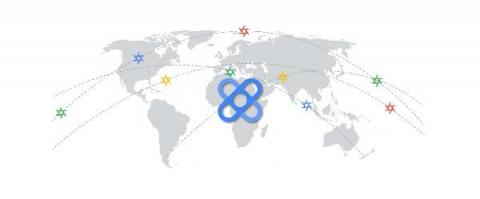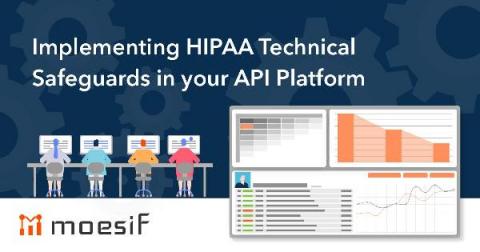Systems | Development | Analytics | API | Testing
API
Microservices and Master Data Management
How To Structure A Successful Digital Transformation Strategy
GraphQL: Building a consistent approach for the API consumer
Developers use application programming interfaces, or APIs, to assemble data and functionality for new mobile or web apps, but when it comes to interacting with APIs, developers are often faced with two popular options: REST or GraphQL. In this article, we’ll explore how these approaches compare, and we’ll offer REST API best practices that can be applied to build a more consistent experience for GraphQL API consumers.
Delivering high-performing global APIs with Apigee X and Cloud CDN
Organizations are increasingly investing in digital businesses ecosystem strategies to foster innovation and operate efficiently. These ecosystems connect various stakeholders--such as partners, developers, and customers--via application programming interfaces, or APIs. APIs allow various software systems to interface, and are thus the primary mechanism of value exchange within these ecosystems.
Best Practices for API Rate Limits and Quotas with Moesif to Avoid Angry Customers
Like any online service, your API users expect high availability and good performance. This also means one customer should not be able to starve another customer’s access to your API. Adding rate limiting is a defensive measure which can protect your API from being overwhelmed with requests and improve general availability. Similarly, adding quota management also ensures customers stay within their contract terms and obligations ensuring you’re able to monetize your API.
Implementing HIPAA Technical Safeguards in your API Platform
The Health Insurance Portability and Accountability Act, or HIPAA for short, is a set of laws around handling health-related data in information systems. It defines safeguards, which are rules you have to follow when handling health data for your customers. There are three safeguard categories: All three categories have to be handled correctly if you want your API to be HIPAA compliant. In a companion article we covered those key requirements and how to build HIPAA complaint API platforms.







